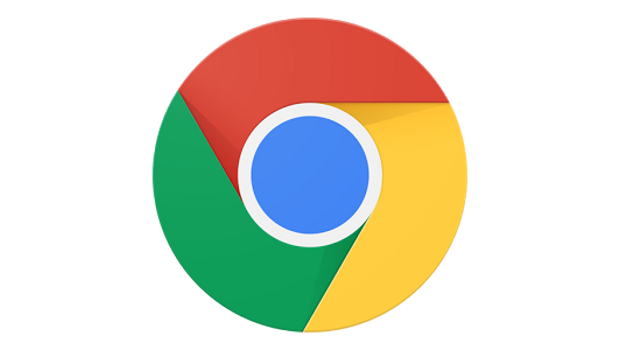Google has added a built-in ad blocker to the roughest version of Chrome, signalling that it will assume responsibility for barring some online ads in the polished product as early as October.
The ad blocker appeared in some users’ copies of the Canary build of Chrome last week. Canary is the name Google gives to the preliminary version of the browser, one that is updated nightly and precedes the three-step release process of ‘Dev,’ ‘Beta’ and, finally, ‘Stable’ code.
Chrome’s ad blocker was present only in Windows’ Canary build and was AWOL from the macOS edition.
Reports of Google’s ad-blocking plans first surfaced in April, shortly after the Coalition for Better Ads announced a set of online ad types that users in the US and Europe said were the most annoying and disruptive. Google was a founding member of the coalition. Two months ago, Google confirmed that it would introduce ad blocking to Chrome, saying then that the target timetable was next year.
“We plan to have Chrome stop showing ads (including those owned or served by Google) on websites that are not compliant with the Better Ads Standards starting in early 2018,” Rahul Roy-Chowdhury, a product management executive, wrote in the Google post.
On the desktop, Chrome will block pop-up advertisements; ads that automatically begin playing both video and audio; ‘prestitial’ ads accompanied by a countdown clock that appear before content is shown; and what the coalition dubbed ‘large sticky ads,’ those that account for more than 30% of the screen space and which remain in place no matter how much the user scrolls.
Those and other types of ads will also be blocked by Chrome on Android- and iOS-powered mobile devices.
Ads will be blocked by site, not by individual advertisement. In other words, Google will craft a list of websites it contends tend to show intrusive ads, and then block the ad categories that violate the coalition’s standards. A stray bad ad displayed by a site not on the list, however, will not be blocked.
While Google has pegged 2018 as the launch of the baked-in ad blocker, the tool may debut sooner. The current Canary of Chrome is version 62, which according to the release schedule, will release in final form as the Stable build on 17 October for personal computers, 24 October for mobile. But because many new features do not take a straight line between Canary and Stable – Google often decides to not promote a feature, holding it back for the next version – there is also a good chance that the blocker will not appear in Chrome 62, but in 63 (5 December for desktop) or 64 (23 January 2018, for desktop) instead.
Google’s plans to block a swath of ads may seem counter-productive for a firm whose biggest revenue stream is online advertising, but there’s method to the seeming madness. “Google has skin in the game when it comes to advertising,” said Lizzy Foo Kune, a principal research analyst with Gartner. “By taking control of the debate, it puts [rivals] at an advantage to a certain degree. [Google is] saying, ‘Here are what ads are acceptable’.
Although some have voiced contrary theories – for instance, that although Google has accepted the premise of limited ad blocking, its most lucrative business of search keyword ads will be immune – Foo Kune argued that the Mountain View, Calif. company would not be exempt from blocking’s impact.
Google also records revenue from non-search ads, she said, noting the company’s DoubleClick ad network runs large numbers of display ads, among other kinds.
Chrome’s integrated ad blocking feature can be controlled from the Settings pane, accessible from the menu displayed after clicking the vertical ellipsis at the upper right corner of the browser window. It can be switched on or off by clicking Advanced, then Content settings under the Privacy and security section. Click Ads in the ensuing list.
IDG News Service






Subscribers 0
Fans 0
Followers 0
Followers